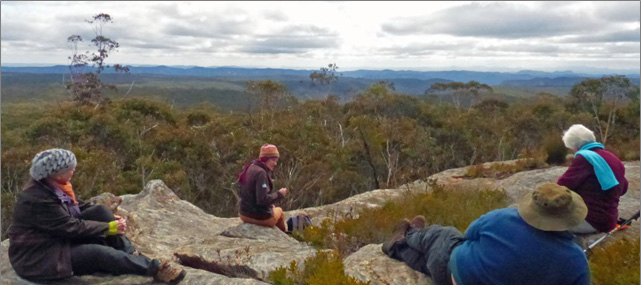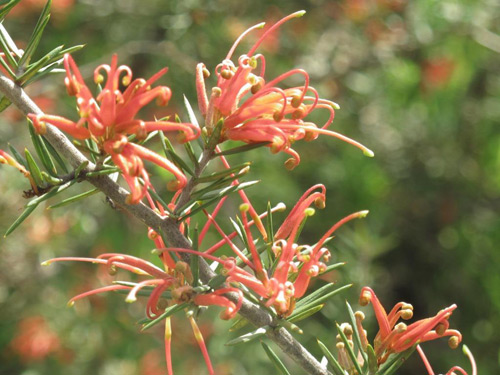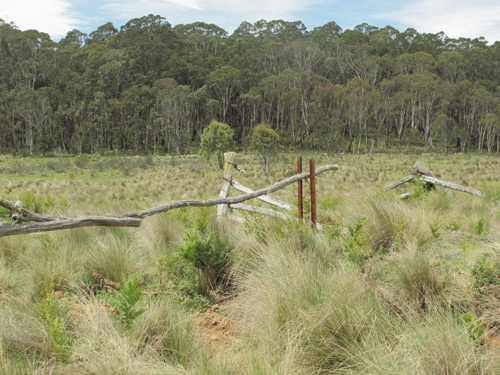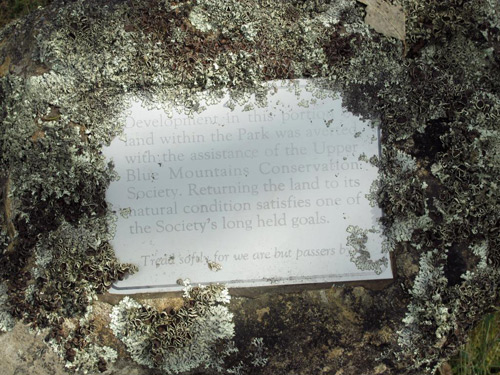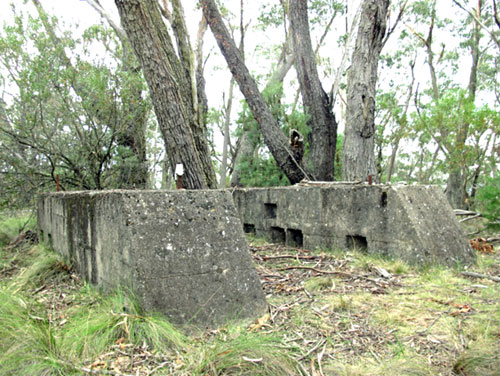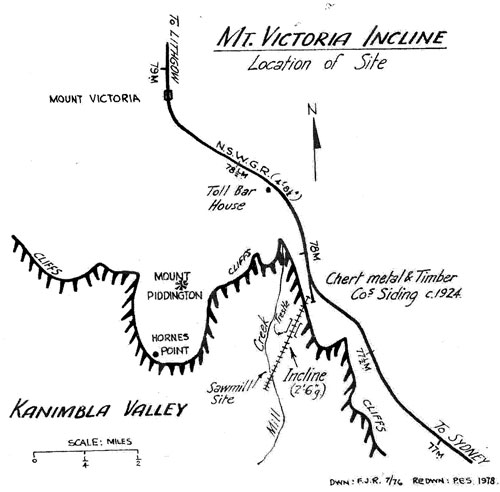While travelling in central western New South Wales last weekend, I took time to visit a couple of old churches. Both churches were in close proximity to their cemeteries. As if not wanting to vacate the church premises altogether when death came calling, the graves of some of the former congregation members cluster literally in the church shadows. I suppose the graves further away from the church probably contained the free thinkers of the parish.
Exploring old churches and cemeteries can become rather addictive. I have previously visited St John’s Anglican Church at Georges Plains, located not far from Bathurst. It had been a quick, late afternoon visit last year and I wanted to return.
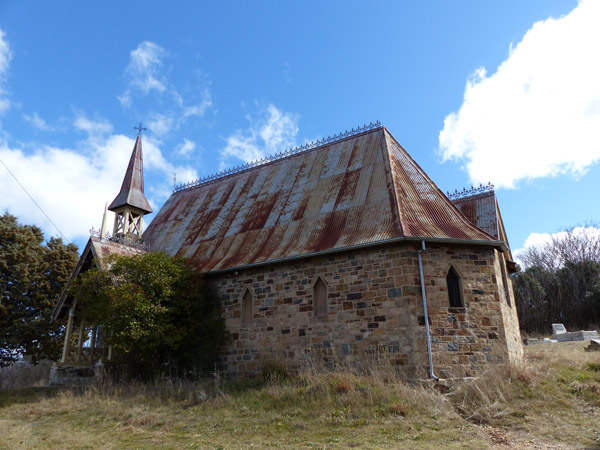
Designed by Bathurst based architect Edward Gell, the church was built in 1867. Constructed mainly of rough faced, irregular sized and variously coloured stone blocks, it is a very attractive and interesting looking building. The old, rust stained corrugated roofing sheets are trimmed with delicate, ironwork along the roof line. There is a simple design to the iron cross which hovers kite-like above one end of the church, while being dwarfed by a high, wooden bell tower. The tower’s iron steeple is topped by another finely crafted iron cross. I also noticed a long, thin stone buttress that supports the back wall.
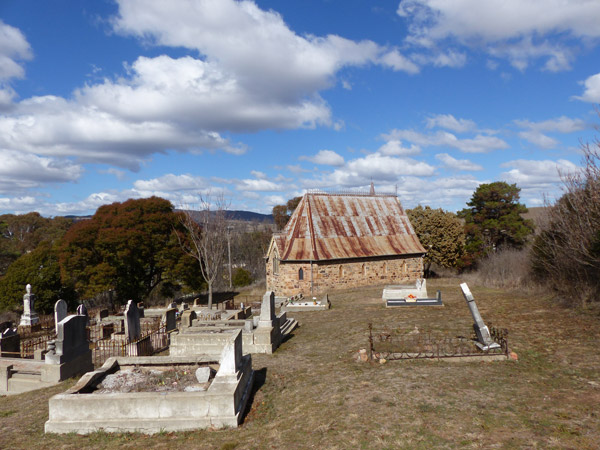
Apparently St John’s has not been used as a church for many years. It is now just an empty shell, with all its internal trappings long removed.
The other church visited, and this one for the first time, is situated at Kirkconnell, between Lithgow and Bathurst.
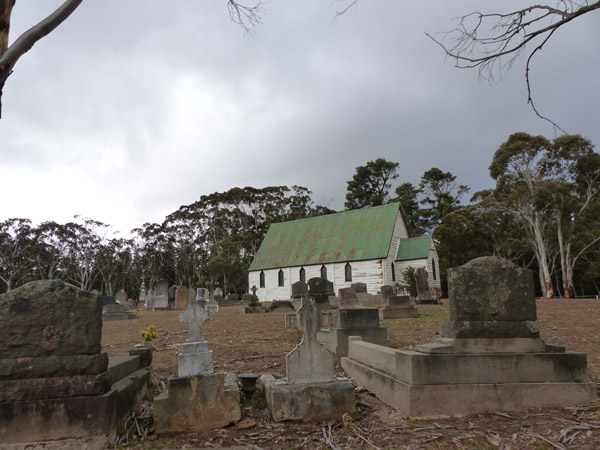
A modest construction, St Mary’s Roman Catholic Church is made of weatherboard, with a high pitched corrugated iron roof. It hides away along a dirt road that meanders through a forest. The church is surrounded by grave stones, on a large, cleared piece of land. There were two old chairs beside the entrance to the church when I visited. I hope that the next time I am there, I find a local sitting in one of the chairs ready to share with me this old church’s story.
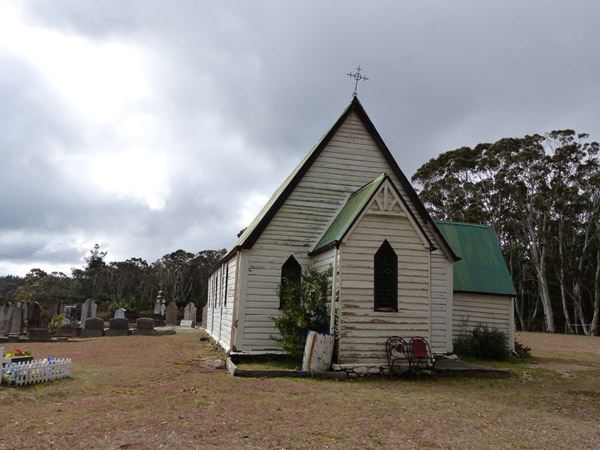
© Jim Low
